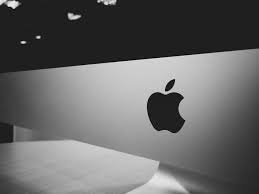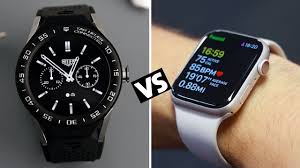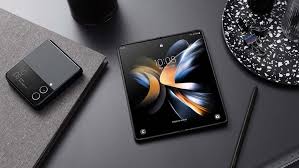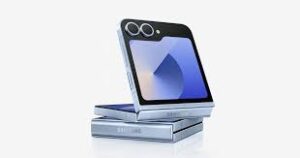
Foldable phones have emerged as one of the most talked-about innovations in the smartphone industry. Promising the convenience of a larger screen in a compact form, they aim to bridge the gap between smartphones and tablets. But are they truly the future of mobile technology, or just an expensive experiment? This in-depth analysis explores the pros, cons, and long-term viability of foldable phones.
A. What Are Foldable Phones?
Foldable phones feature flexible displays that can be folded or unfolded to switch between a standard smartphone size and a tablet-like screen. Major brands like Samsung, Huawei, and Motorola have introduced models with different folding mechanisms:
-
Inward Folding (e.g., Samsung Galaxy Z Fold) – Screen folds inward to protect the display.
-
Outward Folding (e.g., Huawei Mate X) – Screen folds outward, making it more vulnerable to scratches.
-
Flip-Style (e.g., Samsung Galaxy Z Flip) – Compact clamshell design that folds vertically.
B. The Evolution of Foldable Phones
The concept isn’t entirely new—flexible display prototypes existed for years before commercialization.
-
2019: First Commercial Releases – Samsung Galaxy Fold and Huawei Mate X debuted but faced durability issues.
-
2020-2023: Refinements – Improved hinge mechanisms, stronger screens (Ultra-Thin Glass), and better software optimization.
-
2024 and Beyond – Rumors of rollable and stretchable displays in development.
C. Advantages of Foldable Phones
1. Larger Screen in a Compact Form
-
Multitasking becomes easier with split-screen apps.
-
Enhanced media consumption (movies, e-books, gaming).
2. Innovation in Design
-
Unique form factors stand out from traditional slab phones.
-
Potential for hybrid devices (phone + tablet + laptop).
3. Improved Productivity
-
Some models support stylus input (e.g., S Pen on Galaxy Z Fold).
-
Desktop-like experience with Samsung DeX.
D. Major Drawbacks and Challenges
1. High Cost
-
Flagship foldables often cost $1,500–$2,000, limiting mass adoption.
2. Durability Concerns
-
Early models suffered from screen creasing, hinge failures, and dust damage.
-
Modern versions are more robust but still require careful handling.
3. Software Limitations
-
Not all apps are optimized for foldable displays.
-
Some UI elements stretch awkwardly when unfolded.
4. Bulkiness
-
Thicker and heavier than traditional smartphones when folded.
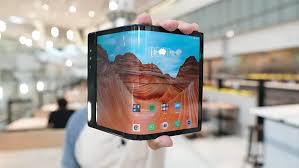
E. Are Foldable Phones Here to Stay?
1. Market Growth
-
Analysts predict 30% annual growth in foldable shipments by 2026.
-
Samsung dominates with 80% market share (2023 data).
2. Competing Technologies
-
Rollable Phones (e.g., LG Rollable, TCL prototypes) – May offer smoother transitions.
-
Dual-Screen Devices (e.g., Microsoft Surface Duo) – Alternative approach without folding screens.
3. Consumer Adoption
-
Early adopters and tech enthusiasts drive sales.
-
Mainstream users remain skeptical due to price and durability concerns.
F. Top Foldable Phones in 2024
| Model | Key Features | Price (Approx.) |
|---|---|---|
| Samsung Galaxy Z Fold 5 | 7.6″ AMOLED, S Pen support, IPX8 rating | $1,800 |
| Huawei Mate X3 | Ultra-thin design, Leica cameras | $2,000 |
| Google Pixel Fold | Stock Android, Tensor G2 chip | $1,700 |
| Motorola Razr+ | Nostalgic flip design, 3.6″ cover screen | $1,000 |
G. Future Innovations in Foldable Tech
-
Self-Healing Screens – Minor scratches repair automatically.
-
Multi-Fold Designs – Phones that fold twice for even more screen space.
-
Affordable Mid-Range Models – Brands like Oppo and Xiaomi may introduce budget foldables.

H. Should You Buy a Foldable Phone?
Worth Considering If:
✔ You want cutting-edge tech and don’t mind paying a premium.
✔ You prioritize multitasking and media consumption.
✔ You’re careful with gadgets (or opt for extended warranties).
Avoid If:
✖ You prefer durable, low-maintenance devices.
✖ Budget is a major concern.
✖ You’re satisfied with traditional smartphones.
Final Verdict: Future or Flop?
Foldable phones represent an exciting evolution in smartphone design, but they’re not yet a revolution. While they cater to niche markets, improvements in durability, pricing, and software will determine if they become mainstream. For now, they remain a luxury for early adopters rather than a necessity for average users.






